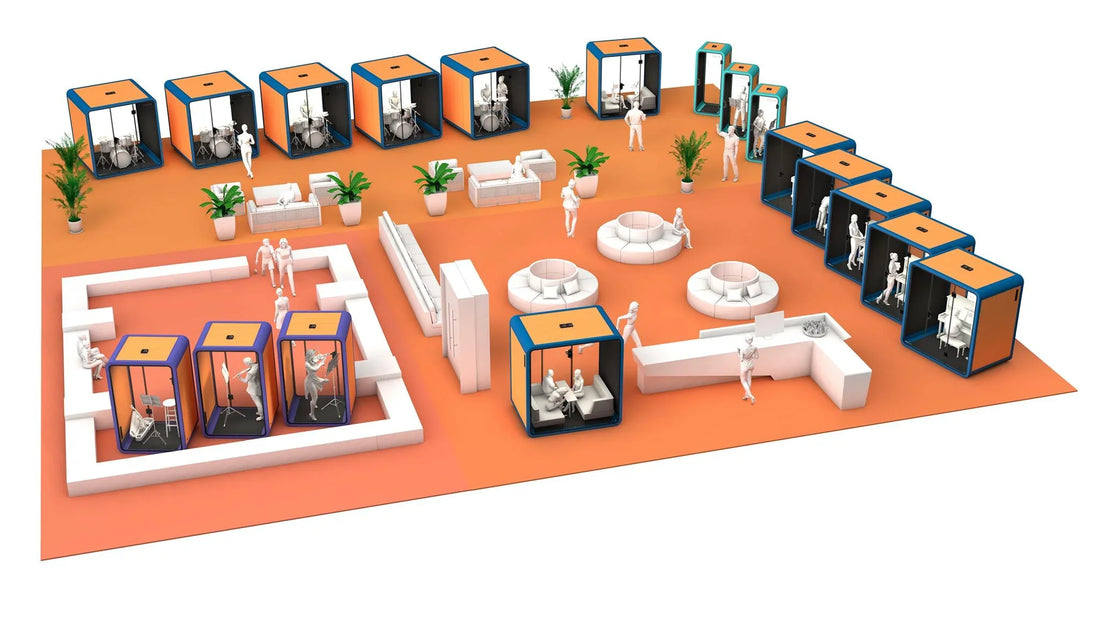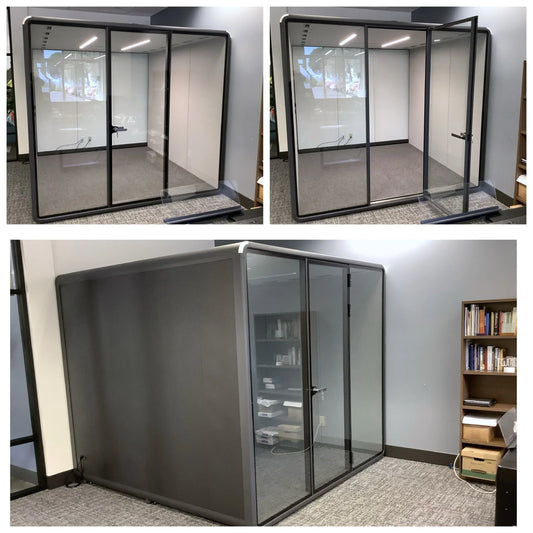
Transform Your Workday with These 5 Strategies
Introduction
In an era where multitasking and constant connectivity have become the norm, mindfulness at work emerges as a beacon of serenity and focus. Embracing mindfulness not only boosts productivity but also enhances well-being, making it an indispensable skill in today's fast-paced work environment. This guide delves into five pivotal strategies to cultivate mindfulness at work, offering both employees and managers practical steps to foster a mindful and efficient workplace.
The Essence of Mindfulness in the Workplace
Mindfulness is the art of being fully present and engaged with the here and now, without judgment or distraction. In the workplace, this translates to an increased awareness of one’s thoughts, emotions, and surroundings, leading to numerous benefits including:
- Improved focus and concentration
- Elevated productivity and creativity
- Enhanced stress management and resilience
- Lowered risk of burnout
- Better interpersonal relationships
Strategies for Cultivating Mindfulness at Work
1. Regular Mindfulness Exercises
Incorporating mindfulness exercises into your daily routine can profoundly impact your workday. Consider setting aside time for brief mindfulness sessions, such as deep breathing or focused listening, in a quiet space like an office pod from PrivacyPod.ai. These micro-breaks, when practiced consistently, can significantly improve your mental clarity and emotional balance.
For Managers: Foster a culture that values mental well-being by encouraging your team to take mindfulness breaks. Leading by example and making space available for such practices can motivate your employees to embrace mindfulness as part of their workday.
2. Single-Tasking Over Multitasking
The myth of multitasking as an efficient work strategy has been debunked by numerous studies showing it dilutes attention and lowers work quality. Embrace single-tasking—focusing on one task at a time—to enhance mindfulness and productivity. This approach allows for deeper immersion in tasks, fostering a more mindful and less stressful work environment.
For Managers: Create workflows and expectations that promote single-tasking. By setting realistic deadlines and priorities, you encourage employees to concentrate on one task at a time, leading to higher quality work and a more mindful workplace.
3. Designate Spaces for Mindfulness
Creating or identifying spaces within the workplace that encourage mindfulness can make a significant difference. For individuals, finding a spot that resonates with you, be it a quiet office pod or a communal area with a calming ambiance, can provide a sanctuary for mindfulness exercises.
For Managers: Offer a variety of spaces that cater to different mindfulness practices, from quiet office pods for solitary reflection to vibrant communal areas for those who find peace in mild sensory engagement. Diversifying the workspace with areas dedicated to mindfulness acknowledges and supports the varied preferences of your team.
4. Embrace Acceptance
A key aspect of mindfulness is accepting what cannot be changed and focusing energy on the present and the future. Recognize that certain deadlines, colleague habits, and work outcomes are beyond your control. Cultivating acceptance reduces unnecessary stress and fosters a more peaceful and productive work environment.
For Managers: Encourage a culture of acceptance and forward-thinking. Highlight the importance of learning from experiences rather than dwelling on what cannot be altered. This mindset shift can significantly enhance team morale and individual mindfulness.
5. Practice Gratitude
Expressing gratitude in the workplace can shift focus from negative to positive, enhancing the collective mood and fostering a supportive environment. Simple acts of appreciation among colleagues can reinforce a culture of mindfulness and mutual respect.
For Managers: Lead by example in practicing gratitude. Acknowledge individual and team achievements, and encourage open expressions of appreciation. This not only bolsters morale but also integrates mindfulness into the fabric of your team dynamics.
The Takeaway
Implementing mindfulness at work through these five strategies can transform your workday from a source of stress to a wellspring of productivity and well-being. Whether you're an employee seeking to enhance your focus and creativity or a manager aiming to cultivate a positive and efficient work environment, the journey toward mindfulness starts with small, intentional steps. Embrace the practice, and watch as the benefits unfold in your professional and personal life.
FAQs
How can mindfulness improve work performance? Mindfulness enhances concentration, reduces stress, and improves decision-making, leading to better work performance and job satisfaction.
Can mindfulness exercises be done at work? Yes, mindfulness exercises, such as deep breathing, focused listening, or mindful walking, can be easily incorporated into work breaks, ideally in quiet spaces like office pods.
What role do managers play in promoting mindfulness at work? Managers can promote mindfulness by creating a supportive culture, providing resources and spaces for practice, and leading by example through their own mindfulness practices.
How does single-tasking benefit mindfulness at work? Single-tasking allows for deeper engagement with the present task, reducing stress and enhancing the quality of work, thereby fostering a more mindful approach to work.




